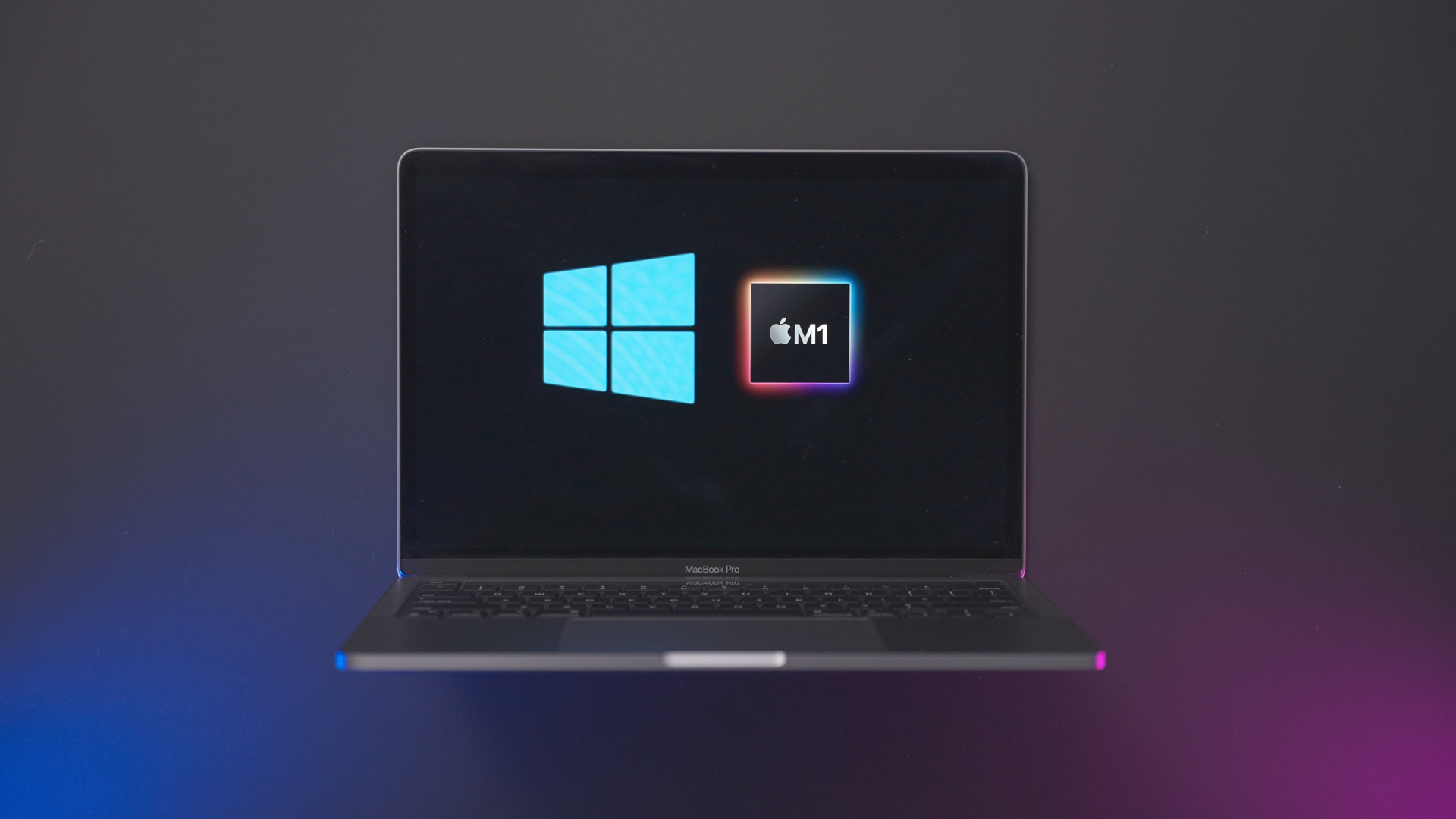


Until then, however, we’ll take a close look at what Parallels 11 brings to the table compared to its year-old predecessor, Parallels 10, and see how both compare to native performance via Boot Camp. It’s this latter metric that we’ll be looking at today, as a continuation of our yearly VM performance benchmark analysis.Ī new version of VMware Fusion is expected to be released shortly, and we’ll be sure to pit Parallels 11 benchmarks against Fusion 8 when the time comes.
WHERE TO BUY WINDOWS FOR PARALLELS SOFTWARE
Once relatively sluggish, each new round of virtualization software updates has inched the performance meter forward, to the point where some tasks are now nearing native speed. We’ll take a brief look at the new Parallels 11 features later on, but we, like many users, are also interested in performance. With the product category now quite mature - in addition to the 11th version of Parallels Desktop, VMware Fusion is currently at version 7, and VirtualBox is at a regularly-updated version 5 - the focus of Parallels and its competitors has primarily been new features. This type of software gives users the benefits of accessing applications that are not available for OS X while still maintaining easy, simultaneous access to Apple’s desktop operating system. For those unfamiliar with the virtualization software category, Parallels (and competitors such as VMware Fusion and VirtualBox) allows users to run Windows and other x86-based operating systems directly from within OS X, without the need to reboot using a tool like Apple Boot Camp.
WHERE TO BUY WINDOWS FOR PARALLELS UPGRADE
Parallels this week continued the yearly upgrade cycle for its popular OS X virtualization software with the release of Parallels Desktop 11 (hereafter referred to simply as “Parallels 11”).


 0 kommentar(er)
0 kommentar(er)
